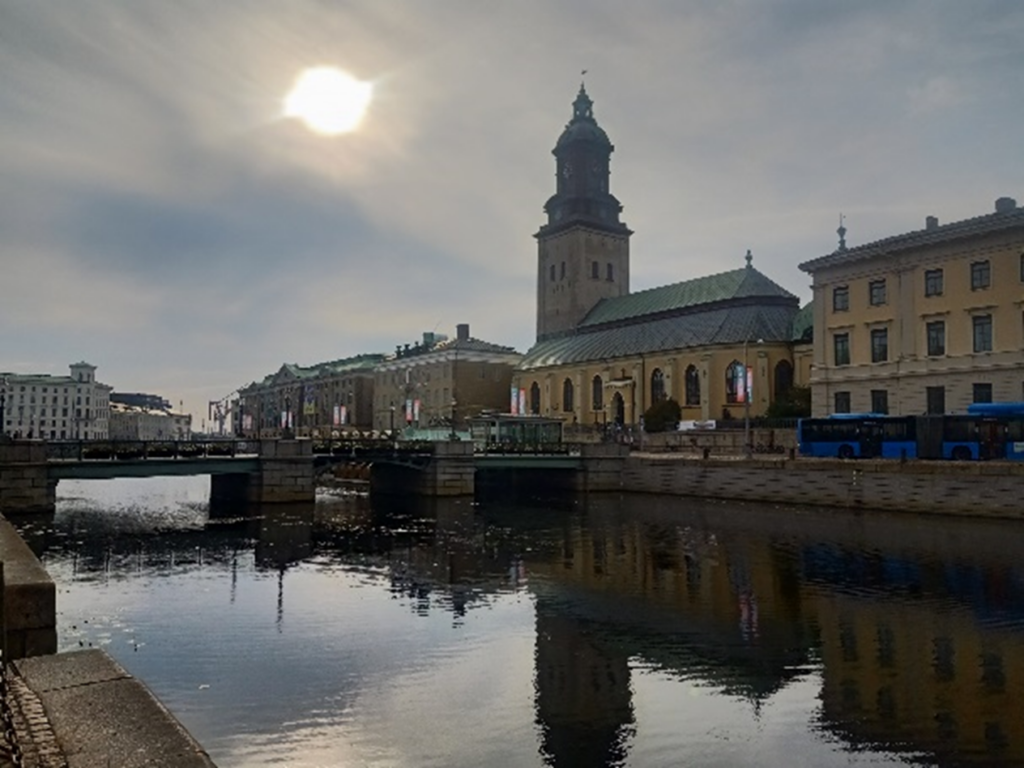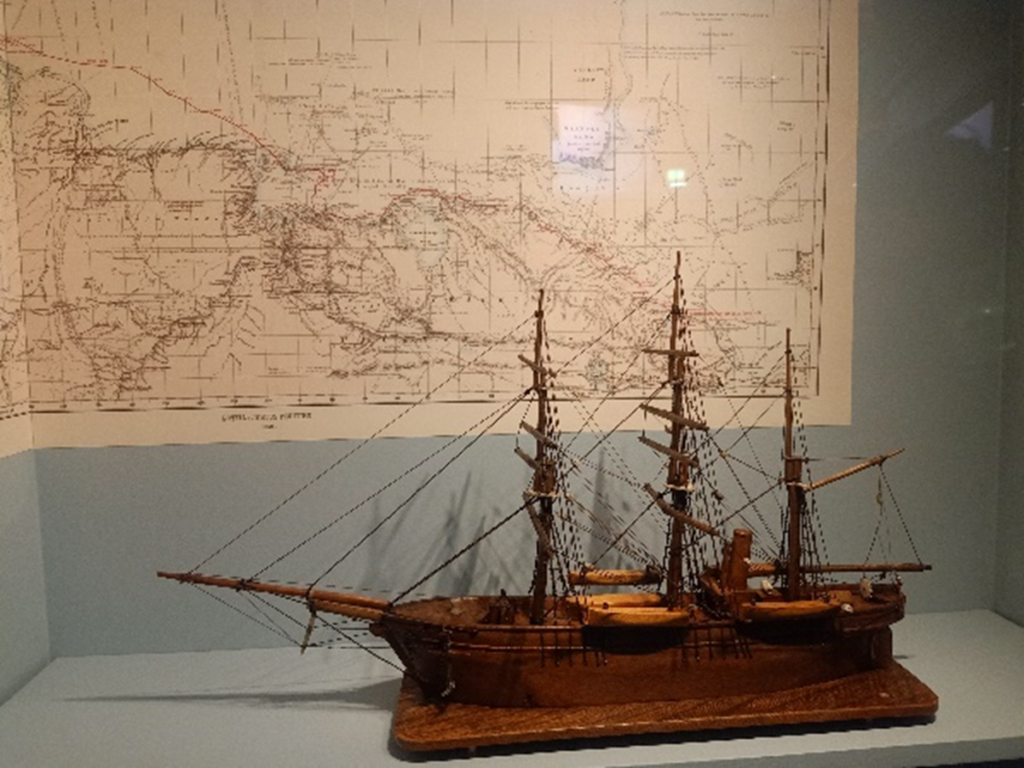New experiences as TheMuseumsLab2023 Fellow (Nagwa Bakr, Egypt, ITP 2019)
Written by Nagwa Bakr, Community Engagement Officer, Ministry of Tourism & Antiquities (Egypt, ITP 2019)
TheMuseumsLab is jointly developed by four Founding Partners: the German Academic Exchange Service (DAAD), the Museum für Naturkunde – Leibniz Institute for Evolution and Biodiversity Science (MfN), the Master’s Programme in Museum Management and Communication at the University of Applied Sciences Berlin (HTW), and the African consultancy group The Advisors. TheMuseumsLab is a platform for joint learning, exchange, and continuing education on the future of museums in both Africa and Europe.
The programme started in 2021 and has the aim to establish close and lasting networks between future shapers of museum concepts on both sides. It is a programme developed to support professional exchanges between curators, researchers, and executives, working in museums, galleries, and heritage sites across African and European countries, enabling staff to share knowledge, skills and best practice and support their individual professional development. TheMuseumsLab provides a safe and welcoming experience for its participants. They value and promote diversity, inclusivity, fairness, and openness and reject any form of discrimination, harassment, and racism. 50 African and European fellows, over 100 lecturers, speakers and mentors from African and European arts, cultures, and sciences.
Participants: 25 Executives from African museums & 25 Executives from European museums (Fellows).
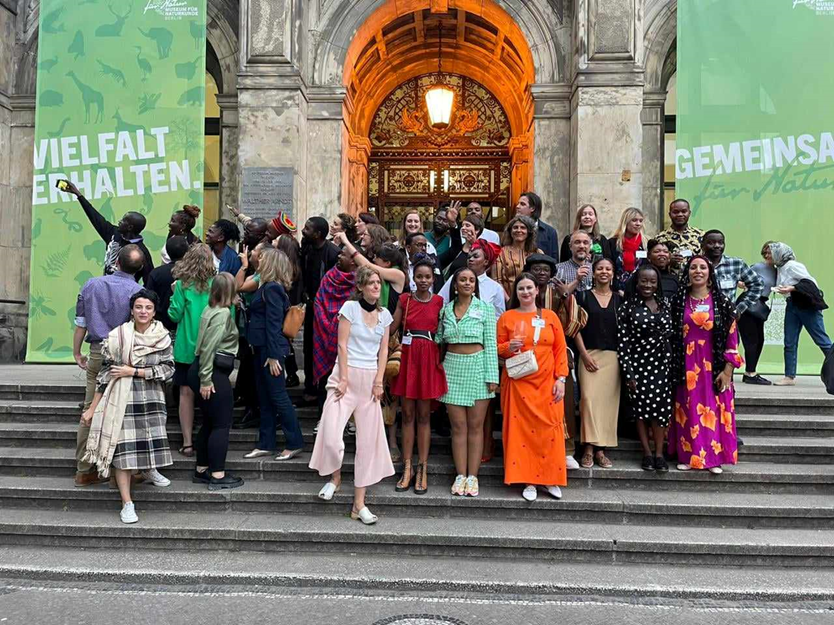
Focus: Current issues and concepts of museum management, social impact and responsibility, localisation of content, as well as practical aspects of museums as institutions in the 21st century, divided into three modules:
Module 1: one-week training online
Module 2: one-week training onsite in Europe (Berlin)
Residency: two-week residencies in European or African museums.
Module 3: one-week training onsite in Africa (Nairobi) one-week co-working phase (The CoLab).
In this blog I will shed light on Module two, between Berlin and my residency in Gothenburg\Sweden, that entangled histories and the future of museums that gave an in-depth overview of the complex and interlinked overarching themes. The programme continued to explore the future of museums including museums, heritage sites and art space in and around Berlin to meet diverse actors involved in addressing the colonial past of museums, the presentation, digitisation, and restitution of colonial holdings and to discuss processes of transforming the museum to better engage with cultural and natural diversity.
Many discussions and visits, but the best visits for me were:-
Loneliness and other False Friends – Conversation and Other Banana Skins: where the two exhibitions address the role of art in raising contemporary issues and the impact of museums on psychological and mental health, a topic about which I am preparing a joint article with my friend.
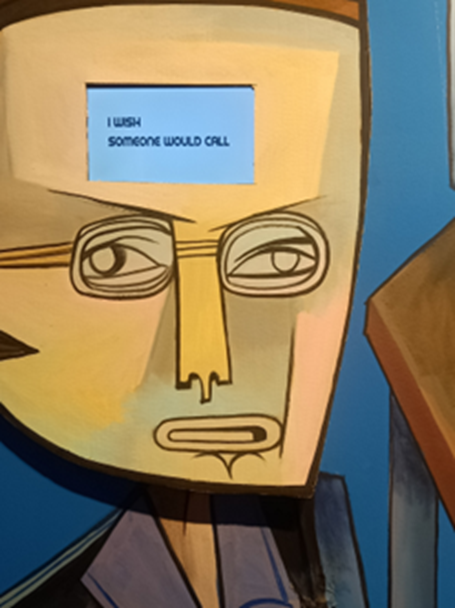

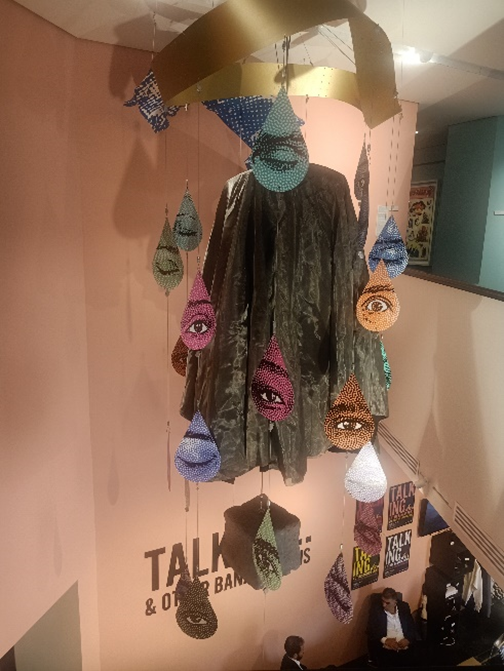
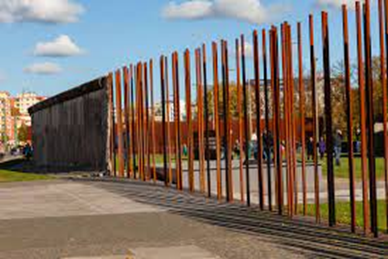
The Berlin Wall Memorial: The large open-air exhibition on the former border strip covers four areas with historical audio materials and pictures, a visitors’ center, and an observation tower. There is a 70-metre stretch on the Berlin Wall with a border strip and watchtower directly on Bernauer Straße. The installation shows how the border was set up at the end of the 1980s and gives visitors the lasting impression of the construction that once divided a country. The exhibition in the documentation center is on the other side of Bernauer Straße and shows the history of the construction of the wall in 1961. There are remaining parts of the border crossing from a five-story observation tower.
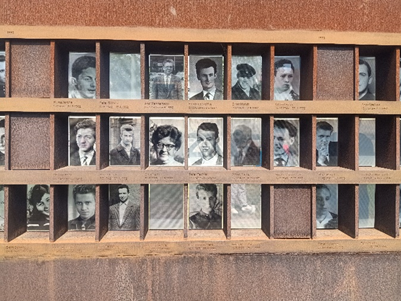
There is also a Chapel of Reconciliation on the site. The former Church of Reconciliation was demolished in 1985 as it was directly on the border strip. Visitors to services in the new chapel regularly remember the victims of the Wall. The Window of Memorial on the site portrays the 130 people who were shot or died on the Berlin Wall.
Although the programme is about African and European museums, and my knowledge of contemporary African and European issues, I did not feel a connection during the Berlin stage, in addition to the fact that Egypt was not represented at all in the programme, neither through discussion nor by visiting the Egyptian group in Berlin.
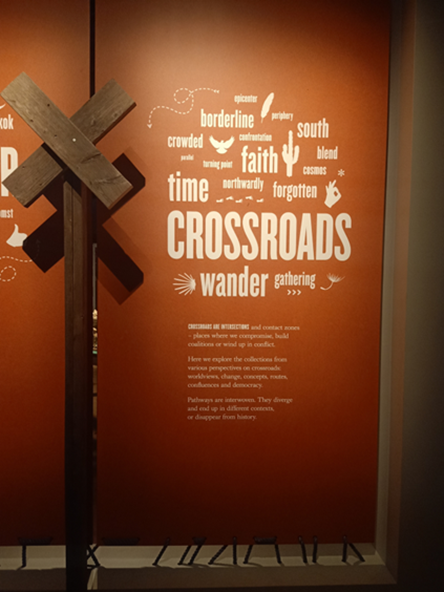
Residency in Gothenburg\Sweden for two weeks.
The National Museum of World Culture (Världskulturmuseet) opened in Gothenburg, Sweden, in 2004. The programme in the residence museums was much better for me than the Berlin phase. We started the first day by getting acquainted with the museum’s permanent exhibition, Crossroads, which deals with topics that connect the world. The project presented at the end of the stay was a dimension of opinions and ideas that could contribute to developing the permanent display, as its idea is philosophical, and I personally did not feel a connection between the topics exhibited.
There were also tours around temporary exhibitions with wonderful and distinctive topics, such as (A World of Games), which deals with games and their history around the world, the Family Exhibition, the Democracy Exhibition, and we were lucky to see an exhibition in the preparation stage about the Ultras.
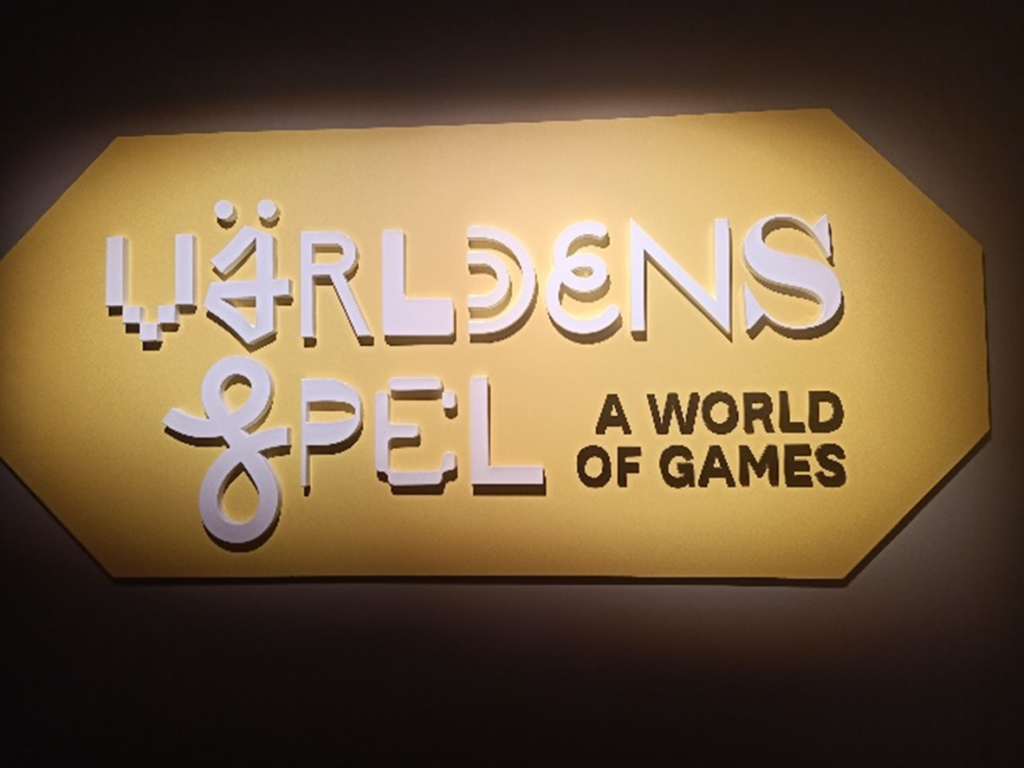

There were also visits to the archives, learnt about the preserved collections, their classification, and the availability provided. As well as visits to the storage, where I saw a modern Egyptian collection. Daily life tools that were used in the Egyptian home until the end of the last century that arrived at the museum in 1978. I have a similar item one in my home inherited from my family. I gave some explanation about how to use these items. In fact, I felt an emotional connection and joy dealing with that collection directly.
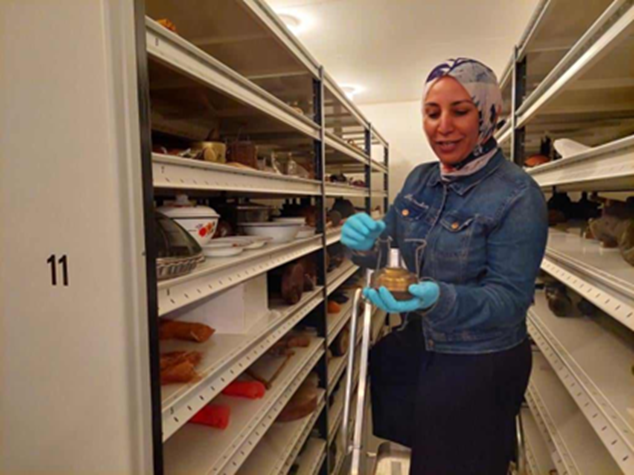
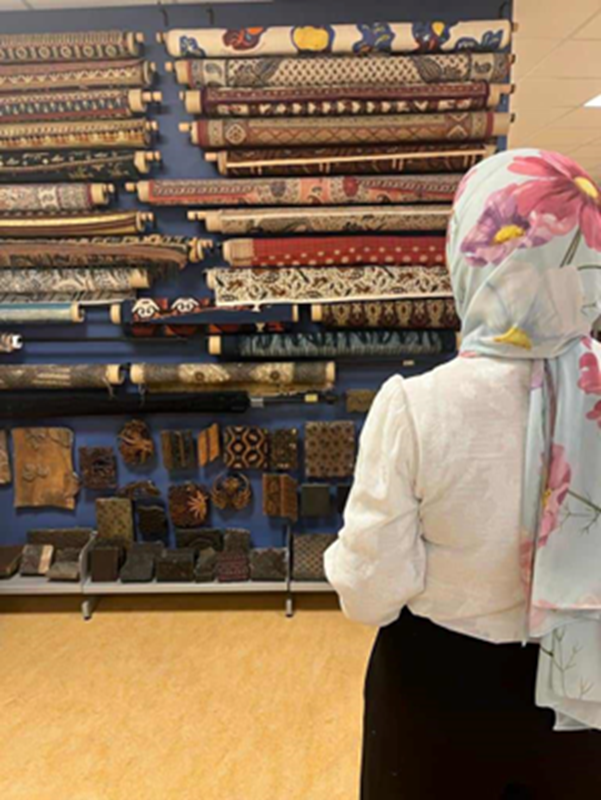
A visit to the Museum of Mediterranean Cultures in Stockholm was also organised at my request to visit the Egyptian collections. The museum is part of the Museum of World Cultures, in addition to two other museums in Stockholm. We were taken on a tour of the Greek collections and then a show representing the transfer and exchange between Greek culture and Egyptian civilisation. I really liked that the exhibition’s scenario is based on showing Egypt live and focusing on Egyptian society and what it has provided to Egyptian civilisation. There were also discussions about whether to display the mummy.
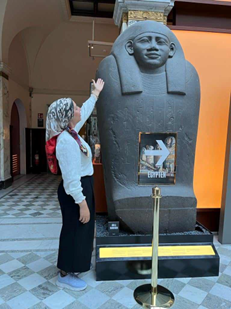
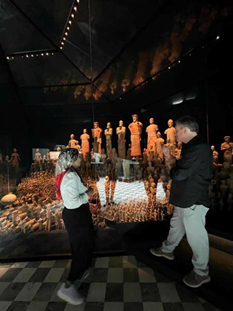
In addition to our individual visit to many museums in the city of Gothenburg, such as the Gothenburg City Museum, which I loved and repeated its visits about four times, as it allowed me to understand the history and culture of the city and reminded me of my love and attachment to visiting the London Museum. The Maritime Heritage Museum, from which we learnt about the heritage of the city, is located on the North Sea, and is surrounded by many ports and is similar in its origins and planning to Amsterdam, Museum of Crafts and Fashion, Museum of Modern Art in Stockholm.
